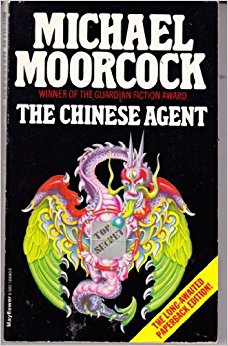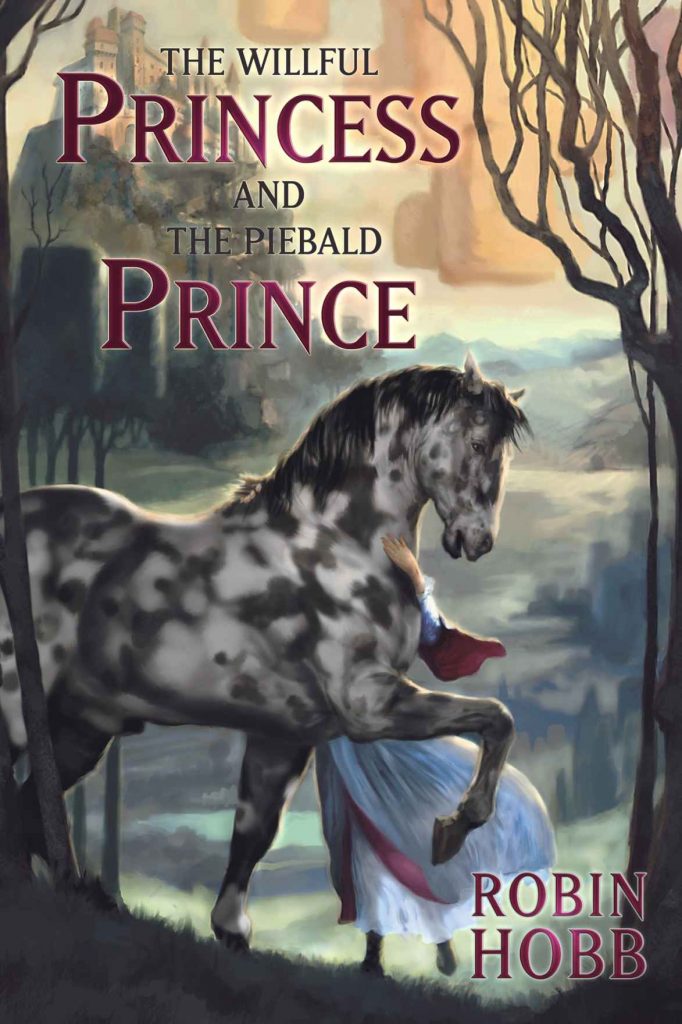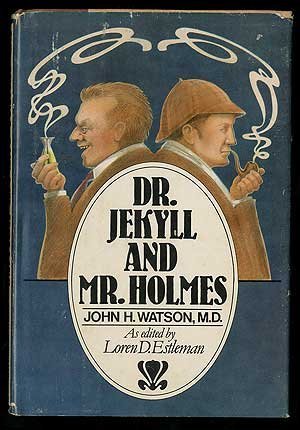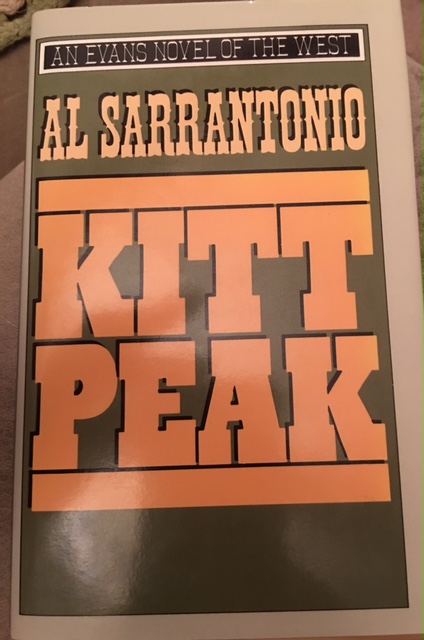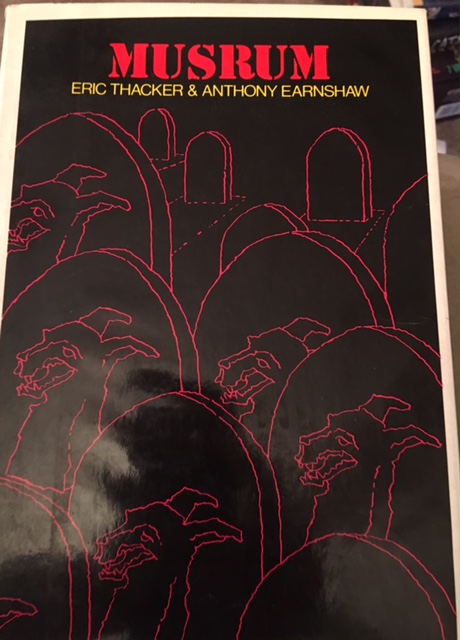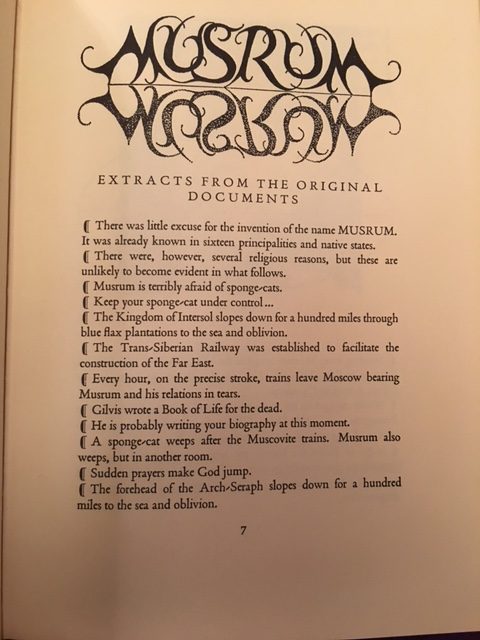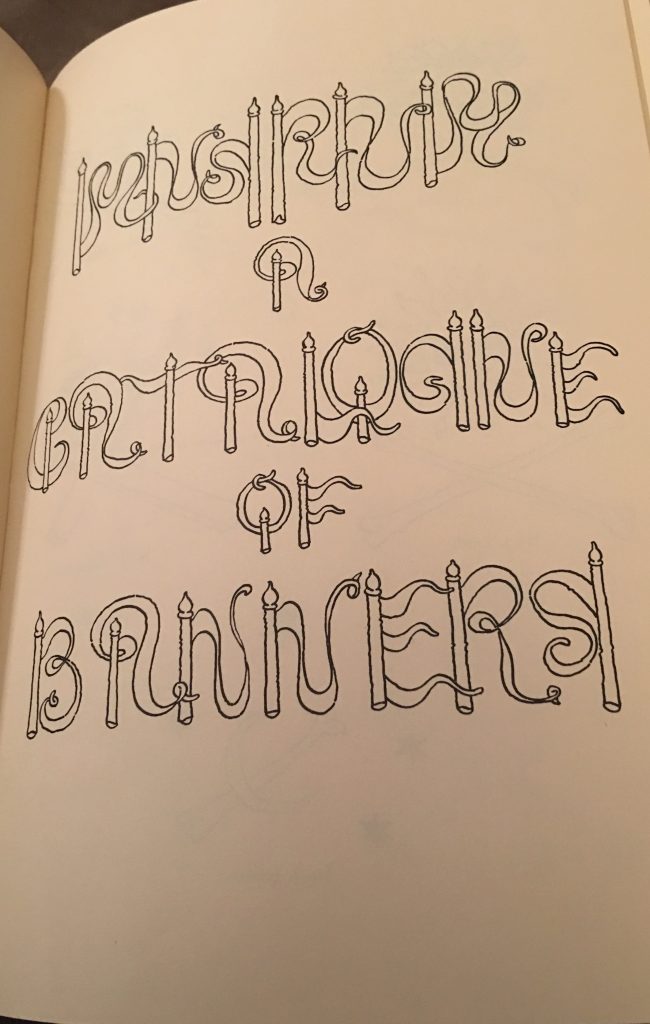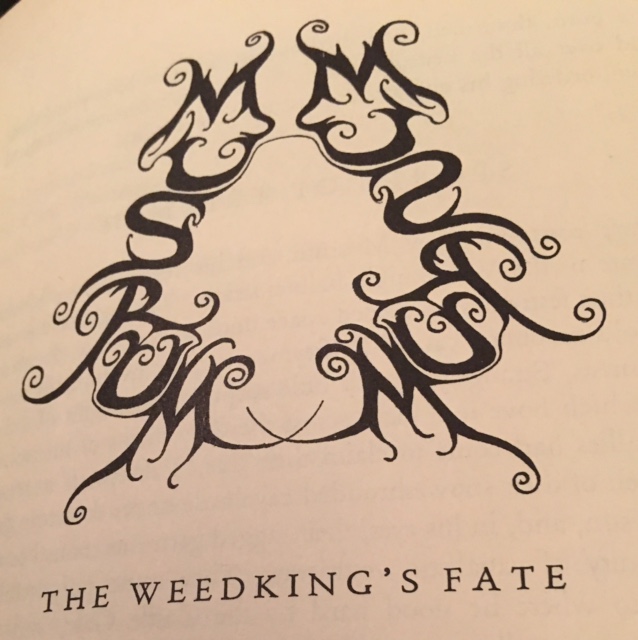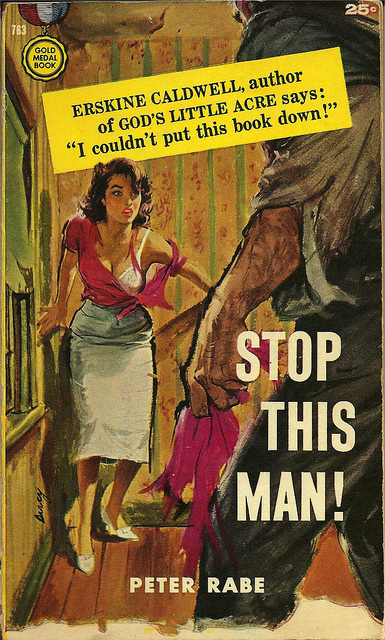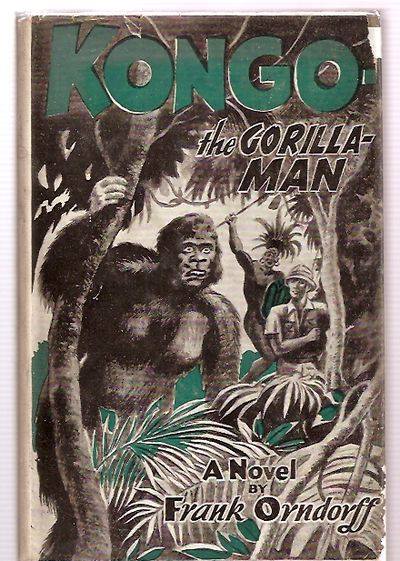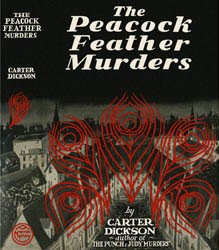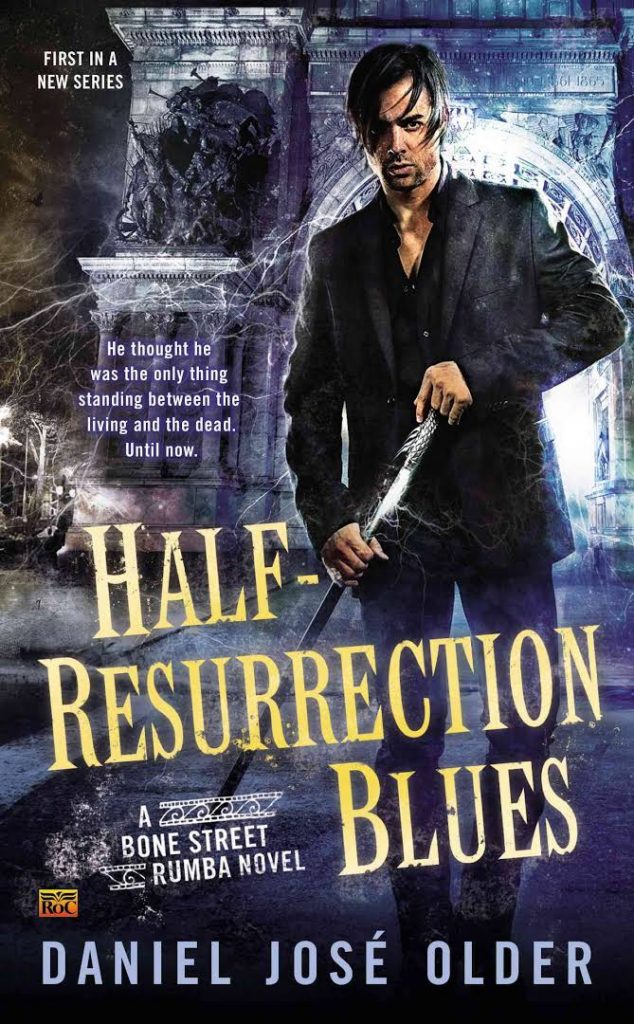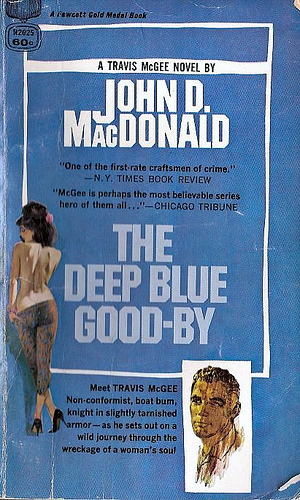
The Deep Blue Good-By is a fast-paced 144 pages.
By Scott A. Cupp
This is the 201st in my series of Forgotten Books.
Recently, on a trip, I was getting tired of no music on the radio from Alpine to the rest of the world and my USB stick was wearing a little thin. I pulled into a truck stop, and sitting on as shelf was a CD version of this novel, The Deep Blue Good-By by John D. MacDonald. For five discs and six hours, I was back in a world that I had not been to for a long time.
OK, before anyone says anything, John D. MacDonald, is not a Forgotten Writer. At least not to many who follow this blog. But to many of the readers out in the world, he is. MacDonald has been dead since 1986, more than 30 years. Travis McGee, the hero of this novel, somehow never made it into a profitable film franchise, and MacDonald is not being carried in the bookstores anymore.
But there was a wonderful time — a time when you could find a new book by John D. and the prose would sparkle and dazzle and race through your eyes and your brain. I came to John D. later in life thanks to the insistence of Joe R. Lansdale. He thrust a copy of The Executioners into my hands on a vacation. I read for two hours straight. I’m not sure I was breathing when I finished it. I had not seen Cape Fear at that point — the original one — the remake was still four years in the future. I deeply hooked into that prose and pacing. When I returned to Dallas, I started looking for every book of his I could find. And there were lots of them. There were the mysteries, the wonderful science fiction, the fantasy of The Girl, the Gold Watch, and Everything (I reviewed the film version last year), the suspense novels, the non-fiction, his letter exchanges with Dan Rowan and the short stories. I read a lot of John D. during those days.
Unlike many other writers, he only had one series character. The formidable Travis McGee, fixer of problems, salvage consultant, beach bum, and chief resident of the house boat The Busted Flush, generally moored at Slip F-18, Bahia Mar Marina, Ft. Lauderdale, Florida.
The Deep Blue Good-By introduces Travis McGee, and he would be with us for 21 novels, each with a color in the title. Chook McCall is an old friend of McGee’s. She has a dance troupe at one of the clubs. One of her dancers, Cathy Kerr, has a problem. An old boyfriend, one Junior Allen, up and left her one day after destroying a mailbox. He returned about a month later with a fancy houseboat and lots of money. He ignored Cathy and took up with a Mrs. Lois Atkinson, a divorced woman. But Junior soon deserts her. Cathy believes Junior has found some cache that her father brought back from World War II. On his return, Cathy’s dad struck an officer in a bar fight and got sent to a military prison. He told his family that he would be taking care of them when he got out. But he never got out.
Cathy wants McGee to locate whatever junior has found and recover it for her. His fee is half plus expenses. Cathy seems like a nice person, so he agrees, even though he has reservations.
He soon finds out that Junior is a full-on psychopath with deep issues and great personal strength. He enjoys finding a certain kind of woman and destroying her self worth and personal pride.
It’s a good, quick read — the perfect lead in to the series. The second book Nightmare in Pink was published the month after The Deep Blue Goodbye, giving 1964 readers two quick bites of a very complex apple.
It had been a long time since I read a MacDonald novel. I no longer have all of them, but I have still own quite a few. I’ll be delving back into that world again soon. If you are a MacDonald fan, what’s your favorite JDM book and favorite McGee mystery? If you’ve never read him (and you know who you are!), that needs to change this week. Just go to the bookstore, find a couple of his books (you will want another as soon as you finish the first), call in sick to work, and luxuriate in the sparse prose and lightning action. You can thank me next week. None of the early tales are bloated 300-page tales. The Deep Blue Good-By clocks in at a trim 144 pages in the Gold Medal first edition. No wasted or excess words here. Check it out.
Series organizer Patti Abbott hosts more Friday Forgotten Book reviews at her own blog, and posts a complete list of participating blogs.

